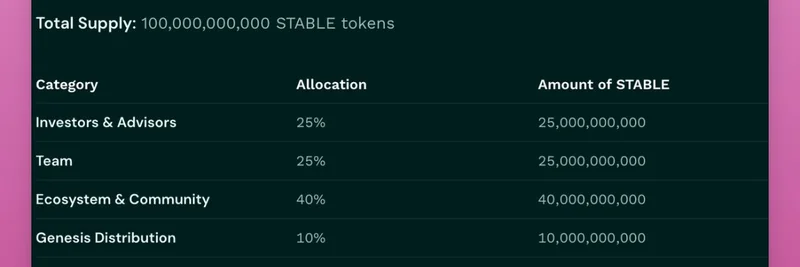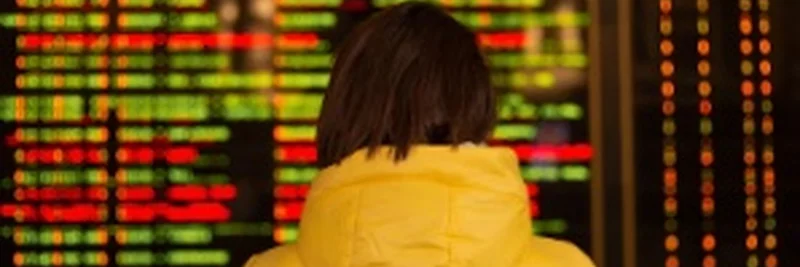In the ever-evolving world of crypto, where memes can turn into millions overnight, a recent tweet by @dennisstijl has sparked a fascinating discussion. Posted on August 20, 2025, it dives deep into why meme coins like SPX6900 might signal the "death of the influencer" model. If you're new to this, influencers often build huge followings and monetize through ads, sponsorships, or paid groups. But as Dennis points out, this setup is more about extraction than true community building.
Understanding the Influencer Trap
Let's break it down simply. In the traditional influencer economy, creators amass audiences and then sell access—think $20-50 monthly fees for exclusive Discord or Telegram groups. It sounds cozy, but it's transactional at its core. The influencer pockets the cash, controls everything, and if they burn out or bail, the whole thing crumbles. Dennis uses Andrew Tate's Hustlers University as a prime example: subscribers pay up, get "lessons," but end up as unpaid marketers pushing affiliate links. No real ownership, just parasocial relationships— that's when fans feel connected to a celebrity without any real interaction.
This model thrives on constant hustle: post content, sell more, repeat. Followers are customers, not partners, and the value flows one way—up to the influencer.
Enter SPX6900: The Meme Coin Alternative
Now, flip that script with SPX6900, a meme coin that's all about parodying the S&P 500 stock index while building a cult-like community. Launched as an Ethereum-based token (with cross-chain support on Solana and Base), SPX6900 has a total supply of 1 billion tokens and aims to "flip the stock market" through humor and shared belief. It's not tied to any real stocks or securities—purely for entertainment, as its official site clarifies.
What makes it different? Instead of paying fees to an influencer, community members buy and hold SPX tokens. This creates scarcity and aligns incentives. Dennis explains it beautifully: your $50 isn't vanishing into someone's pocket; it's locked into the token, making you a stakeholder. People share Dollar-Cost Averaging (DCA) strategies—buying small amounts regularly to average out costs—and treat buys as rituals. The value circulates within the network, building a "shared myth" through memes, lore, and collective storytelling.
Key perks over paid groups:
- Shared Ownership: Everyone benefits from the token's growth, not just the leader.
- Resilience: The community endures even without a central figure because the narrative drives it.
- Exit Options: Want out? Sell your tokens instead of losing your subscription fees.
- Voluntary Alignment: No forced hype; belief in the meme keeps things going.
As of now, SPX6900 has minted millionaires in 2024, per CoinGecko, showing the power of this model. It's not just trading; it's about persisting in a "cognisphere"—a term popping up in replies, hinting at a collective intelligence or shared mindset.
Why This Matters for Meme Token Enthusiasts
For blockchain practitioners, SPX6900 represents a shift toward fairer, decentralized communities. Influencers extract value, but meme coins like this circulate it. Why rent access to someone's brand when you can own a slice of the story? As Dennis tweets, "The internet’s future lies in communities turning memes into myths, not influencers selling products."
This isn't saying influencers are done for good—they're still huge. But structurally, their model is fragile. Meme tokens offer a more equitable path, where risk and reward are shared, fostering loyalty and innovation.
If you're eyeing meme coins, check out SPX6900's price and charts on CoinMarketCap to see the buzz. Who knows? DCA'ing into this could be your ticket to flipping the market narrative.
What do you think— is the influencer era fading? Dive into the original thread on X and join the conversation. At Meme Insider, we're all about unpacking these trends to help you navigate the wild world of blockchain.




